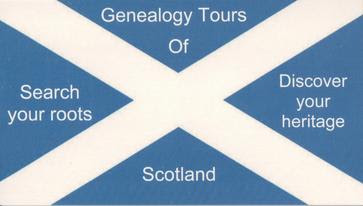James Young Simpson is a name I grew up knowing a great deal about. My Edinburgh trained nurse mum spoke of him and his discovery of chloroform as an anesthetic. I’ve read quite a bit about him as well.
While walking to the ScotlandsPeople centre on Wednesday I happened to notice a plaque on the side of the Balmoral hotel:
I’ve wanted to go and see the house where Simpson once lived and decided to do so on Friday. But first, I walked along Princes Street to the western end of the gardens where there is a statue of Simpson.
From there, I walked over to 52 Queen Street to pay homage.
I also attempted to visit his grave in Warriston Cemetery but that proved an effort in futility given the overgrown state of the graveyard not to mention the lack of any signage differentiating one section from another. Even with the map provided by the Friends of I was unable to determine what section of the cemetery I needed to be in or its relation to any other part of the cemetery.





































